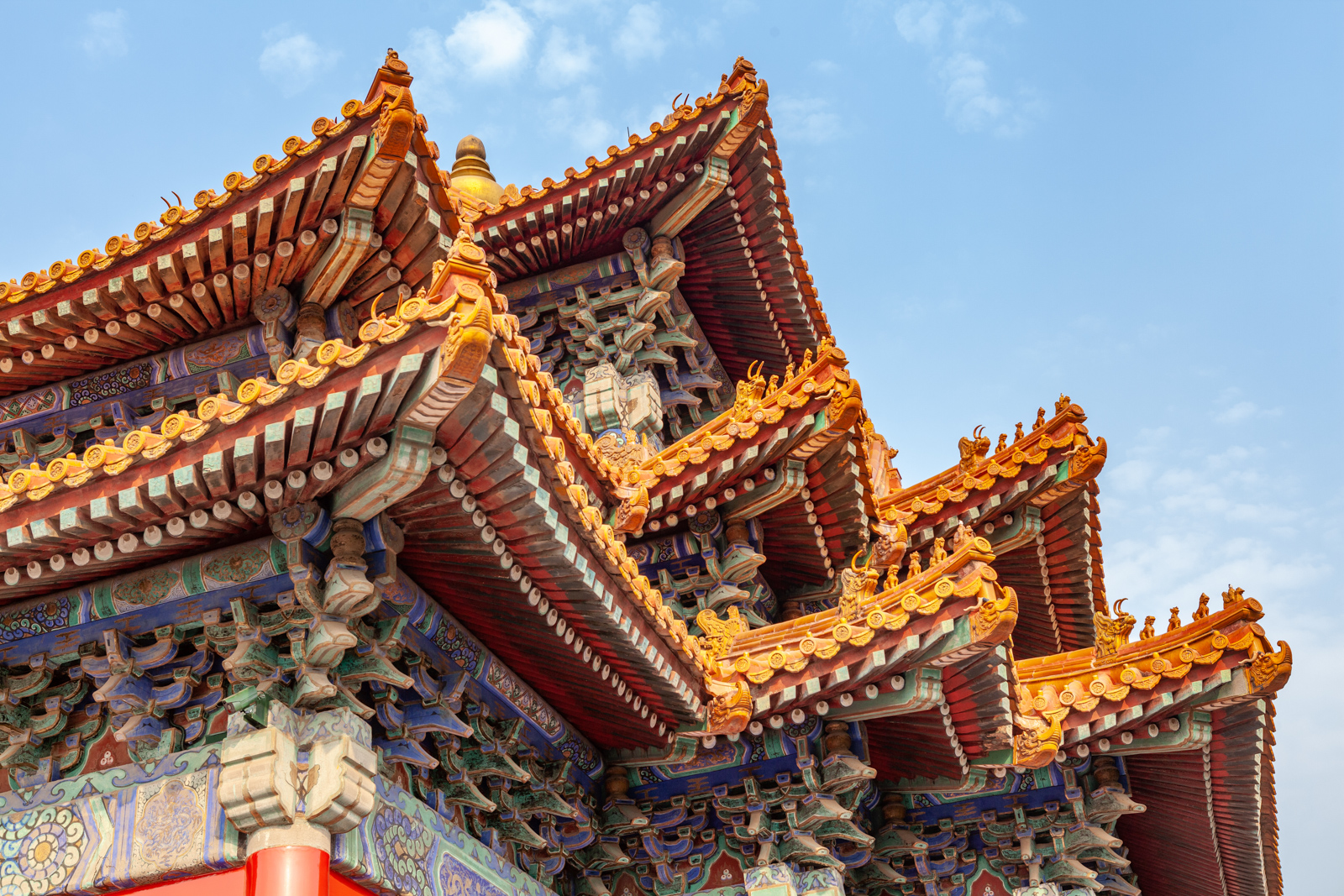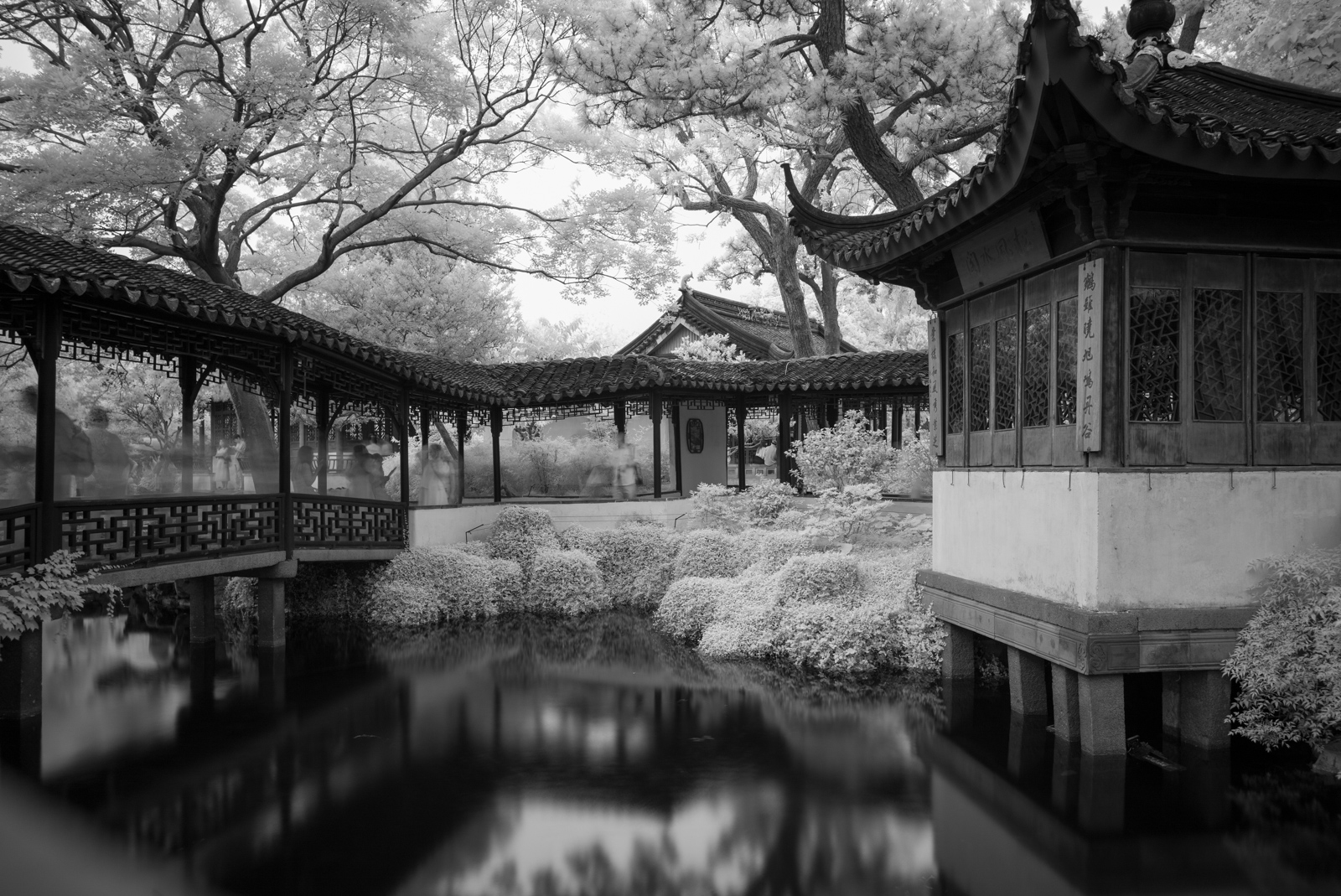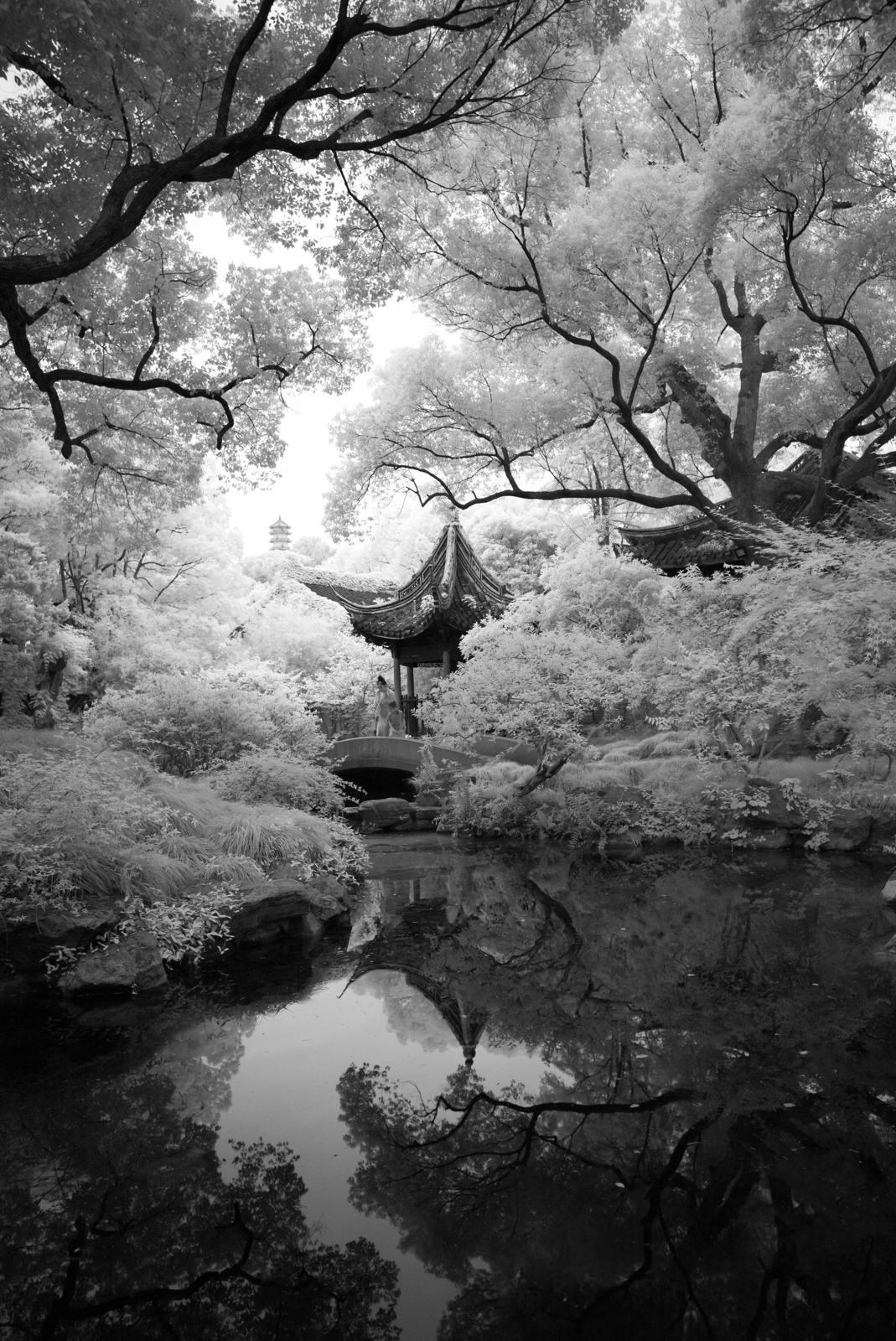Imagine you are transported 600 years ago. The emperor has just commanded you to build his new palace.
The top concern of the emperor is how soon he can move in. The scope of the palace is quite ambitious: it covers 8,700 halls and rooms of all sizes. The footprint of the buildings alone, excluding gardens and plazas, is equivalent to 15 soccer fields.
He asks you: “How long would you need?”
You search your memory for a comparison.
The Royal Palace of Caserta in Italy, built 340 years later and less than a third of the size, 21 years.
The Palace of Versailles, built 250 years later and less than half the size, 54 years.
The 15th-century Chinese answer was staggering: 14 years.
From 1406, they spent eleven years on nationwide preparation, followed by the on-site assembly completed in just three. And the result is the Forbidden City we see today.

The Forbidden City: Unmatched Efficiency
This “crazy speed” was no accident. It was the product of a sophisticated national system for prefabrication.
The core was a universal design language known as the Cai-Fen system. The Cai-Fen system provided a universal code that dictated the proportions of all components in any structure, from a state hall to a storeroom. It achieved this by classifying buildings into eight distinct grades. Once a grade was chosen, a complete set of proportional dimensions for every element—from primary columns and beams down to roof tiles and balustrades, and even decorative engravings—was precisely defined. Structural integrity and visual harmony has been ensured by the system’s rigorous framework, yet a degree of flexibility is still allowed for creative expression within its established boundaries.
Using of the system ensured workshops across China to prefabricate components in parallel, confident that everything would fit together perfectly upon arrival in Beijing.
A central authority, the Jiangzuo Jian (Bureau of Construction), orchestrated the entire process. The result was a pre-manufactured “kit of parts” assembled with breathtaking efficiency.
This was a systems-thinking solution on a grand scale. Its relevance for us today lies not in its imperial power, but in its proof of what a unified building system can achieve.

The Chinese Garden: Liberated Creativity
But does such standardisation lead to monotony? The answer, resoundingly, is no — and the enduring tradition of the Classical Chinese Garden are the evidence.
Far more than a mere outdoor space, the garden served as a personal sanctuary. It was a library for the scholar, a studio for the artist, a quiet refuge for meditation, and a gracious setting for hosting cherished friends, enjoying music, and staging opera. Most importantly, it was a world in miniature, crafted by its owner to be a spiritual haven for the mind. Worlds away from the Forbidden City’s rigid symmetry, these gardens are celebrated for their whimsical charm, sense of surprise, and profound artistic expression. No two are alike.
Yet here lies the secret: the halls, pavilions, and bridges within these gardens were themselves built using the same standardised Cai-Fen system and its associated engineering standards.
This standardisation was, in fact, the liberation of the designer. Because the “how-to-build” was already resolved by the system, the designer’s mind was freed to focus on the highest levels of creation: the experience. They poured their energy into Xiangdi (reading the site), Liyi (crafting poetic narratives), and Buju (choreographing a visitor’s movement to evoke a sequence of emotions).
Consequently, the role of a professional architect can be played well by the owner-builder, especially when the owner or their assistants are artists. In fact, many of the finest classical gardens were laid out by painters, poets, calligraphers, or even musicians. Virtually all renowned Chinese Garden designers were also accomplished artists of one area or more.
The standardised components were the vocabulary; the garden was the poetry. This is the ultimate lesson: a well-designed system does not stifle the artist; it empowers them by answering the ‘how’, so they can focus entirely on the ‘why’.


A Modern Blueprint: Five Pillars for Reform
The ancient Chinese model delivers a final, liberating lesson: the pursuit of efficiency and the cultivation of soul are not in opposition. In a well-designed system, they are the very same thing.
For Australia to escape its own trap, we must build a modern version of this ‘architectural operating system’. This requires laying five interconnected foundations:
Create a Common Language: End the wasteful ‘reinvent-the-wheel’ race. A government-led, national ‘Open Modular Convention’ would standardise critical connections and dimensional series, ensuring interoperability, avoiding unnecessary performance solutions and finally allowing innovation to focus on performance, not compatibility.
Build an Industry Conductor: A non-profit ‘MMC Coordination Centre’ is needed to act as the system’s conductor—aggregating demand, optimising logistics, and providing a central BIM library, giving SMEs the supply-chain leverage currently reserved for giants.
Leverage Global South Supply Chains: With a common language, implement a ‘dual-track’ manufacturing strategy. Focus local capacity on high-value, custom work, while leveraging the cost-competitiveness of certified Global South partners for volume production, all built to a unified Australian Standard.
Establish a Digital Trust System: A ‘Digital Trust System’ is crucial. By giving every component a verifiable ‘digital passport’ tracking its lifecycle data, we can slash insurance premiums, unlock green finance, and finally have quality assurance that isn’t just a paper exercise.
Liberate the Designer: This is the ultimate prize. The previous four pillars are not ends in themselves; they are the means to a profound human goal: freeing the architect from system slavery. When the friction of coordination, sourcing, and compliance is handled by a mature ecosystem, our role can finally evolve. Our mission shifts from technical integration to creative direction. We reclaim our role as the poets of place.
The ancient Chinese model proves that efficiency and soul are not opposites, but reflections of the same intelligence. Our task today is not to rebuild the Forbidden City — it is to rebuild our faith in systems that serve humanity. If we can once again design frameworks that carry both reason and poetry, then architecture will not merely construct shelter — it will cultivate civilisation.